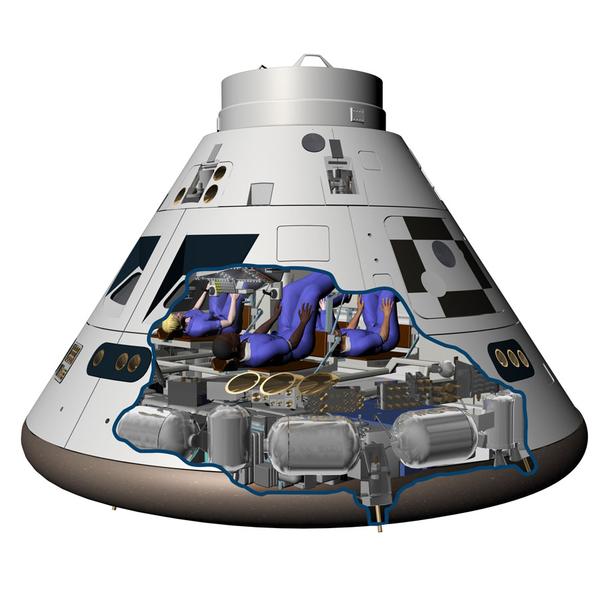This Month in Space
October, 2014
October, 2014
| October 1, 1958: The National Aeronautics and Space Administration (NASA) was founded. Following the vision of its predecessor NACA, NASA accomplished giant leaps in space exploration for the past 56 years. NASA continues on a path towards deep space exploration with plans to launch the Orion capsule this December, which is capable of travelling to Mars. More information on the upcoming EFT-1 launch can be found at www.tourksc.com[i] |
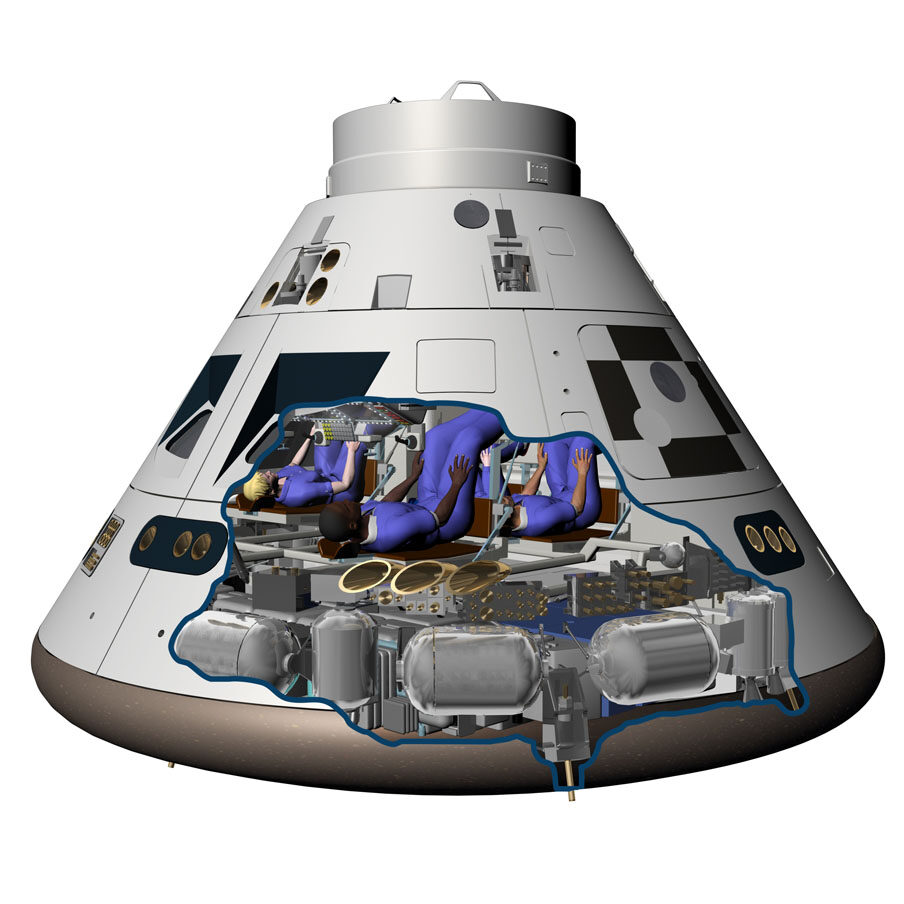 |
|
| October 3, 1942: Space shuttle Atlantis launched on her maiden flight, STS-51J. The mission was to deliver a communications satellite for the Department of Defense along with various physical experiments. Although the shuttle program ended in 2011, Atlantis can be seen in her new home at Kennedy Space Center Visitor Complex.[ii] | ||
| October 4, 1957: Sputnik 1, the world’s first man-made satellite, launched into an elliptical orbit around the Earth. It was the size of a beach ball and weighed around 183 pounds. This marked the start of the space race between the United States and Russia and the beginning of an age of space exploration. A model of Sputnik 1 can be seen at Kennedy Space Center Visitor Complex in the Early Space Exploration exhibit.[iii] |
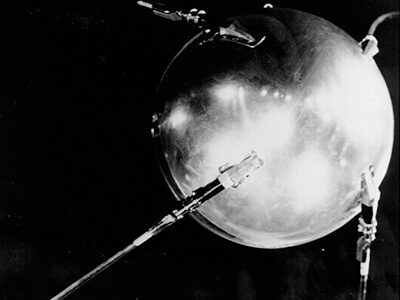 |
|
| October 6, 1992: The United States and Russia signed the “Implementing Agreement on Human Space Flight Cooperation” which allowed the two super powers to work side by side on the International Space Station and launch together aboard space shuttles, if needed.[iv] |
||
| October 7, 1959: Luna 3 returned the first images of the moon’s far side. Although the quality was poor, the photograph showed distinct differences from the moon’s near side including large craters and mares.[v] |
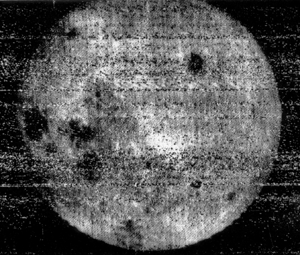 |
|
| October 8, 2014: NASA celebrates the 50th anniversary of the Goddard Nimbus satellite program today. These Earth-observation satellites revolutionized weather forecasting and led the way to long-term forecasting and accurate predictions of the weather. Continuing on the same path, 2014 is been a big year for NASA Earth Sciences with five planned launches for Earth-observing missions.[vi] |
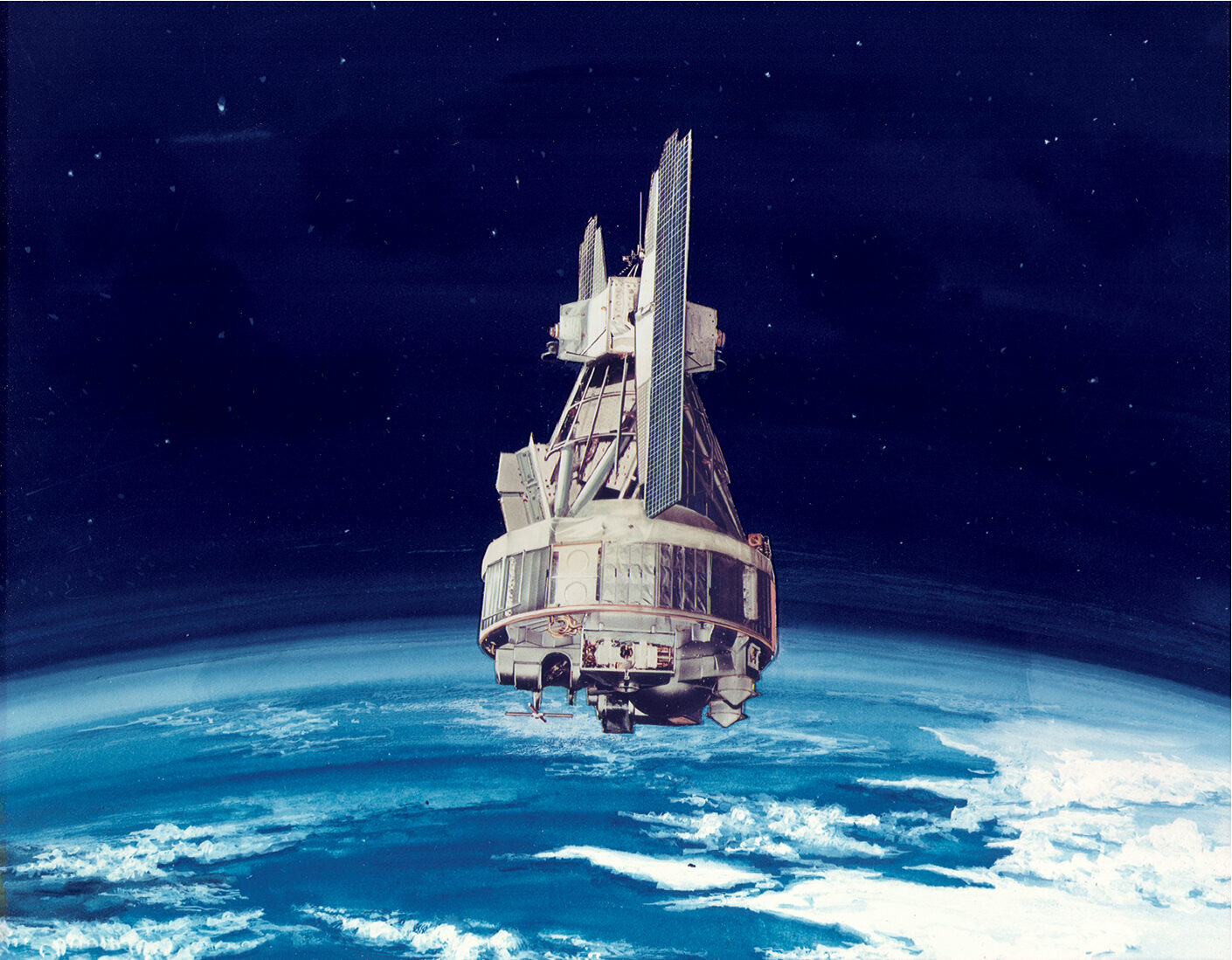 |
|
| October 9, 2009: The Lunar Crater Observation and Sensing Satellite (LCROSS) detected water on the moon after impacting a shadowed southern region.[vii] |
||
| October 10, 1974: The Westar 2 satellite launched as part of the Westar satellite system 40 years ago today. Established by Western Union, this was the first United States domestic satellite system which transmitted data to the U.S., Hawaii, Puerto Rico, Alaska and the Virgin Islands.[viii] | ||
| October 11, 1968: Apollo 7 launched with Walter Schirra, Walter Cunningham and Donn Eisele, the first American three-person crew. It was also the first flight with men aboard the Saturn IB rocket. Kennedy Space Center Visitor Complex honors the Apollo missions at the Apollo/Saturn V center.[ix] |
||
| October 12, 1964: Voskhod 1 launched, becoming the first multi-manned spaceflight. A total of three Russian cosmonauts were aboard and they conducted various physical and technical experiments.[x] |
||
| October 13, 1968: The first live TV broadcast from an American spacecraft occurred on board Apollo 7. It was called the “Wally, Walt and Donn Show” which eventually earned an Emmy.[xi] |
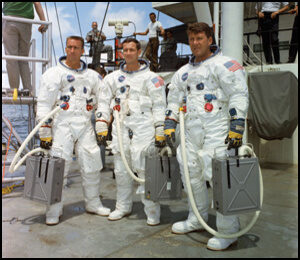 |
|
| October 14, 1947: Chuck Yeager broke the sound barrier at a velocity of 700 miles per hour, mach 1.06, at 43,000 feet. This was the world’s first supersonic flight in the small Bell X-1 plane.[xii] |
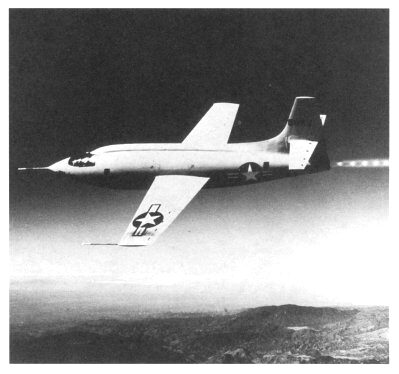 |
|
| October 15, 2003: Yang Liwei became the first Chinese astronaut when the Shenzhou 5 spacecraft launched from China.[xiii] October 16, 1975: NASA launched GOES-1, the first geosynchronous weather satellite system. GOES continuously monitored catastrophic weather events, such as hurricanes or typhoons, and sent the data to the Global Atmospheric Research Program (GARP).[xiv] |
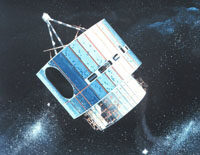 |
|
| October 18, 1993: STS-58 Columbia launched. This was the second Spacelab Life Sciences mission (SLS-2). The seven person crew conducted fourteen experiments focused on areas of human physiology. Results from the experiments increased knowledge of how humans and animals adapt to weightlessness.[xv] |
||
| October 19, 2014: Today, Comet Siding Spring is passing by Mars, resulting in a collision between the two atmospheres. Comet Siding Spring was recently discovered by Australia’s Siding Spring Observatory. This collision may cause interesting effects such as Martian auroras. NASA’s MAVEN spacecraft arrived to Mars’ upper atmosphere last month and is studying the event, sending pictures and data back to Earth.[xvi] |
||
| October 20, 1995: STS-73 Columbia launched with the first fuel experiment called “Fiber Supported Droplet Combustion Experiment.” The goal of the experiment was to see how fuels burned in microgravity and more than 25 different fuels were ignited and studied.[xvii] |
||
| October 21, 2014: The Orionids Meteor Shower will be at its peak tonight so grab a blanket and get away from the city lights to witness one of the most beautiful showers of the year. The origin of the shower is from comet and asteroid particles, specifically from Halley’s Comet the last time it entered the inner solar system in 1986. The meteors appear to come from Orion’s constellation, hence the name Orionids.[xviii] | ||
| October 24, 1998: Deep Space 1 (DS1) launched on a mission to test various new technologies and visit comet Borrelly. Three years after its launch, DS1 encountered Borrelly and returned the best photographs and scientific data ever collected from a comet.[xix] |
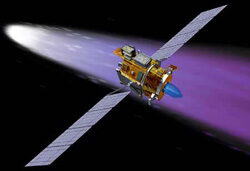 |
|
| October 25, 2006: The STEREO spacecraft launched as the third mission in NASA’s Solar Terrestrial Probes program (STP). STEREO stands for Solar Terrestrial Relations Observatory and has brought back new information on the Sun, as well as a groundbreaking view of the Sun-Earth system, including the flow of energy and matter from the Sun to Earth.[xx] |
||
| October 26, 1950: The U.S. Army and Douglas Aircraft partnered to create the first armed nuclear surface-to-surface rocket. Nicknamed “Honest John,” it was a free-flight rocket intended to fire like conventional artillery in battlefield areas.[xxi] | ||
| October 27, 2003: Expedition 7 returned to Earth after spending five months on the International Space Station (ISS). The crew consisted of Russian Commander Yuri Malenchenko and NASA Flight Engineer Edward Lu, who was the first American to serve as a flight engineer of a Soyuz spacecraft.[xxii] |
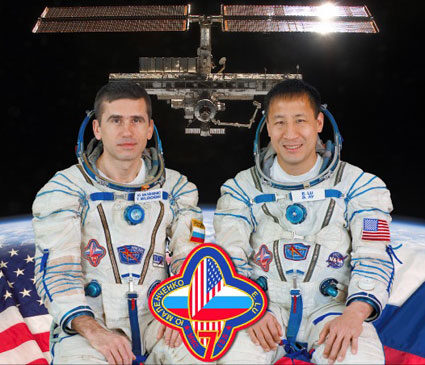 |
|
| October 28, 1971: Great Britain launched its first and only Earth satellite, Prospero, atop of a British Black Arrow missile from a rocket-testing facility in Woomera, Australia.[xxiii] | ||
| October 29, 1998: STS-95 Discovery launched with astronaut John Glenn and Pedro Duque, the first astronaut from Spain. Glenn was 77 years old and it was more than 36 years after he became the first American to orbit the Earth. This was also the first shuttle launch watched by a U.S. President, Bill Clinton.[xxiv] |
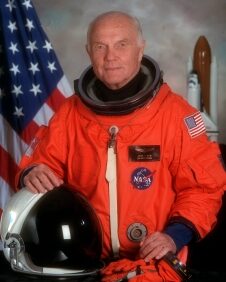 |
|
| October 31, 2005: The Hubble Space Telescope discovered two new moons orbiting Pluto, making it the first object in the Kuiper Belt with multiple satellites. The information was important to the study of Pluto’s formation and provided insight into the early Kuiper Belt. A replica of the Hubble Space Telescope can be seen at Kennedy Space Center Visitor Complex.[xxv] |
||
[i] http://www.nasa.gov/about/highlights/nasa47th.html; (photo) http://www.nasa.gov/centers/langley/images/content/461104main_orion.jpg
[ii] http://www.nasa.gov/mission_pages/shuttle/flyout/multimedia/atlantis/sts-51J-launch_prt.htm; (photo) http://www.nasa.gov/images/content/531643main_51j-launch-m_946-710.jpg
[iii] http://history.nasa.gov/sputnik/; (photo) https://www.nasa.gov/externalflash/SpaceAge/images/5.jpg
[iv] http://history.nasa.gov/SP-4225/hhs/hhs.htm
[v] http://nssdc.gsfc.nasa.gov/imgcat/html/object_page/lu3_1.html; (photo) http://nssdc.gsfc.nasa.gov/imgcat/midres/lu3_1.gif
[vi] http://www.nasa.gov/content/overview-a-big-year-for-nasa-earth-science/#.VBm7-JRdUZ2; http://www.nasa.gov/press/2014/september/goddard/public-invited-to-nasa-goddard-nimbus-satellite-program-50th-anniversary/#.VBm7T5RdUZ0; (photo) http://atmospheres.gsfc.nasa.gov/uploads/images_db/nimbus_painting_lg.jpg
[vii] http://www.nasa.gov/mission_pages/LCROSS/main/prelim_water_results.html#.VBMfjJRdUZ0
[viii] http://space.jpl.nasa.gov/msl/Programs/westar.html
[ix] http://www.nasa.gov/mission_pages/apollo/missions/apollo7.html; (photo) http://spaceflight.nasa.gov/gallery/images/apollo/apollo7/med/s68-42343.jpg
[x] http://nssdc.gsfc.nasa.gov/nmc/spacecraftDisplay.do?id=1964-065A
[xi] http://www.nasa.gov/multimedia/podcasting/twan_10_10_08.html
[xii] http://history.nasa.gov/SP-4219/Chapter3.html; (photo) http://history.nasa.gov/SP-4219/4219-060.jpg
[xiii] http://www.nasa.gov/exploration/thismonth/this_month_oct08.html
[xv] http://www.nasa.gov/mission_pages/shuttle/shuttlemissions/archives/sts-58.html
[xvi] http://science.nasa.gov/science-news/science-at-nasa/2014/12aug_marscomet/
[xvii] http://www.nasa.gov/mission_pages/shuttle/shuttlemissions/archives/sts-73.html
[xviii] https://solarsystem.nasa.gov/planets/orionids.cfm
[xix] http://science.nasa.gov/missions/deep-space-1/
[xx] http://www.nasa.gov/mission_pages/stereo/main/#.VDRH2WddUZ0
[xxi] http://www.nasa.gov/exploration/thismonth/this_month_oct10.html
[xxii] http://www.nasa.gov/mission_pages/station/expeditions/expedition07/index.html#.VDLxJ2ddUZ1
[xxiii] http://www.britannica.com/EBchecked/topic/479463/Prospero; http://history.nasa.gov/chronologies/CHRONOLOGYoct2016.pdf
[xxiv] http://www.nasa.gov/exploration/thismonth/this_month_oct08.html; (photo) http://www.nasa.gov/sites/default/files/styles/226xvariable_height/public/174537main_glenn_john_hr_0.jpg?itok=rtVM2QKQ
[xxv] http://www.nasa.gov/home/hqnews/2005/oct/HQ_05351_Hubble_Pluto.html?level=1

